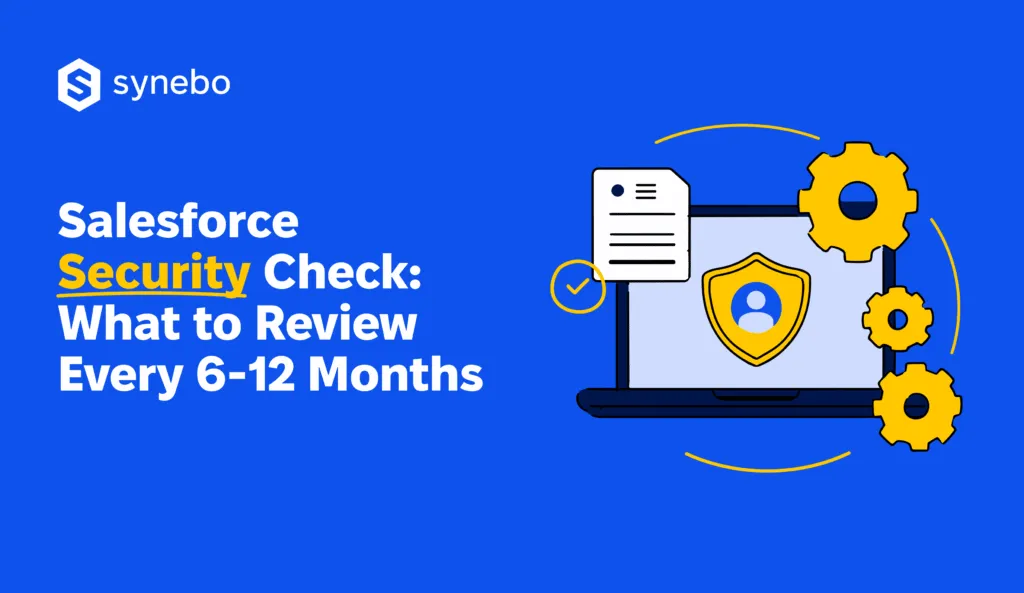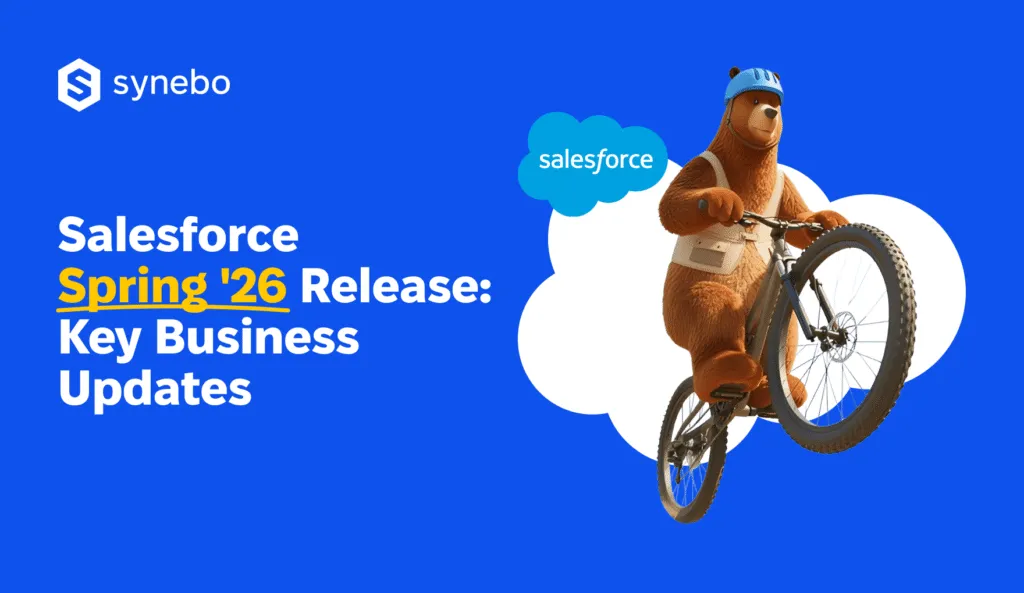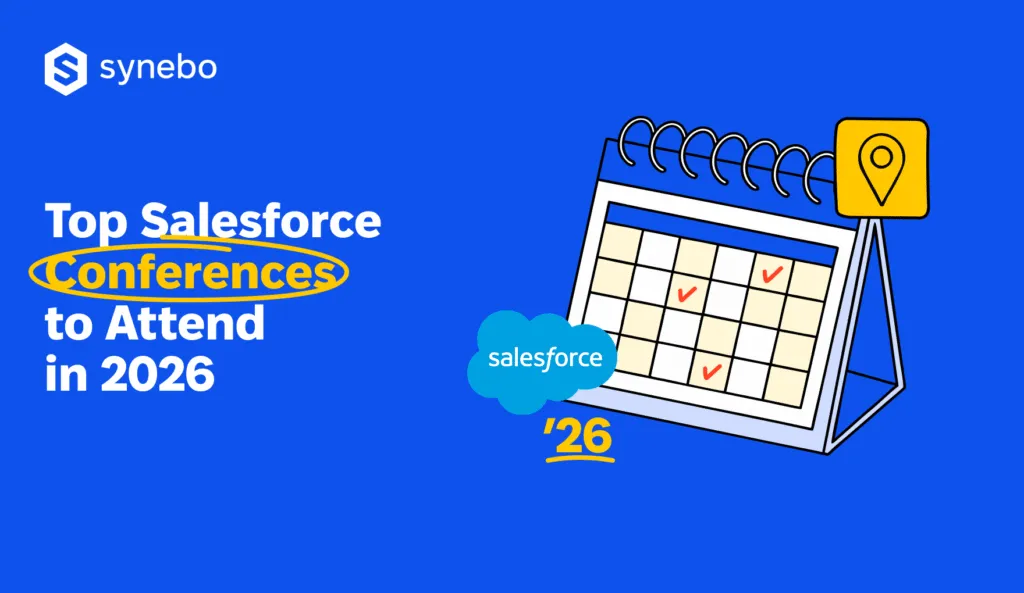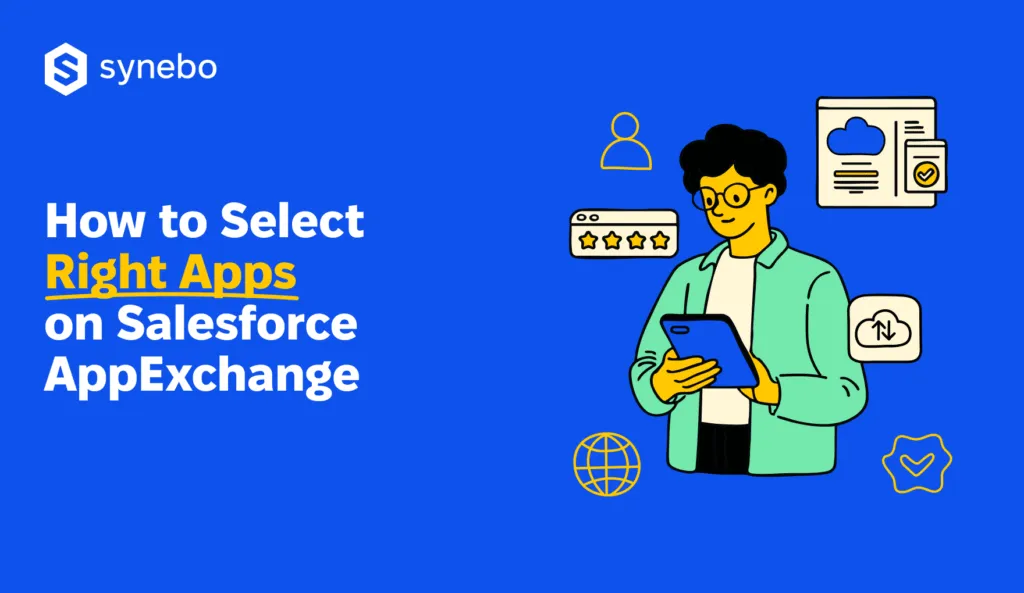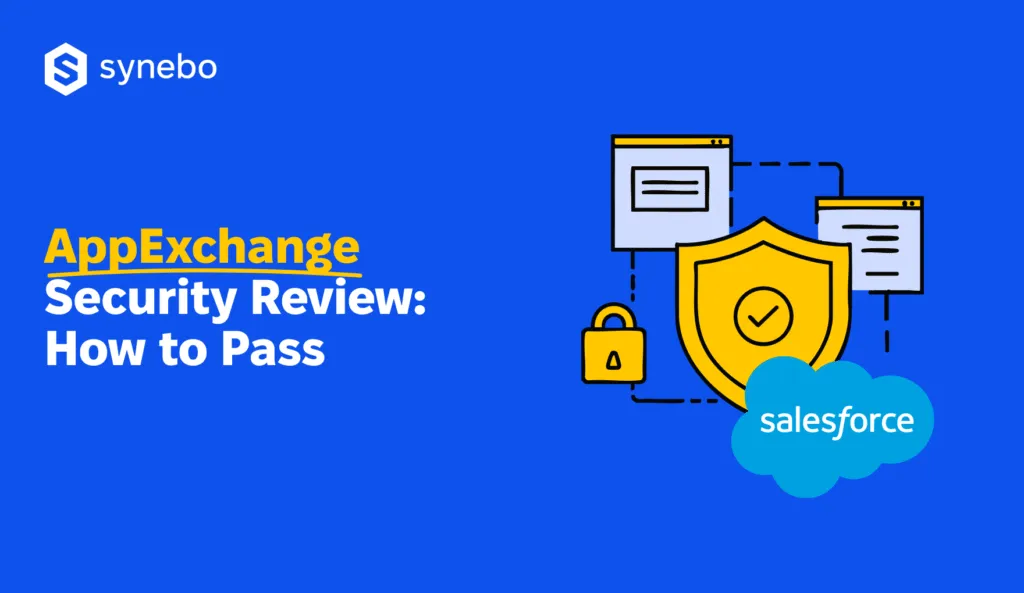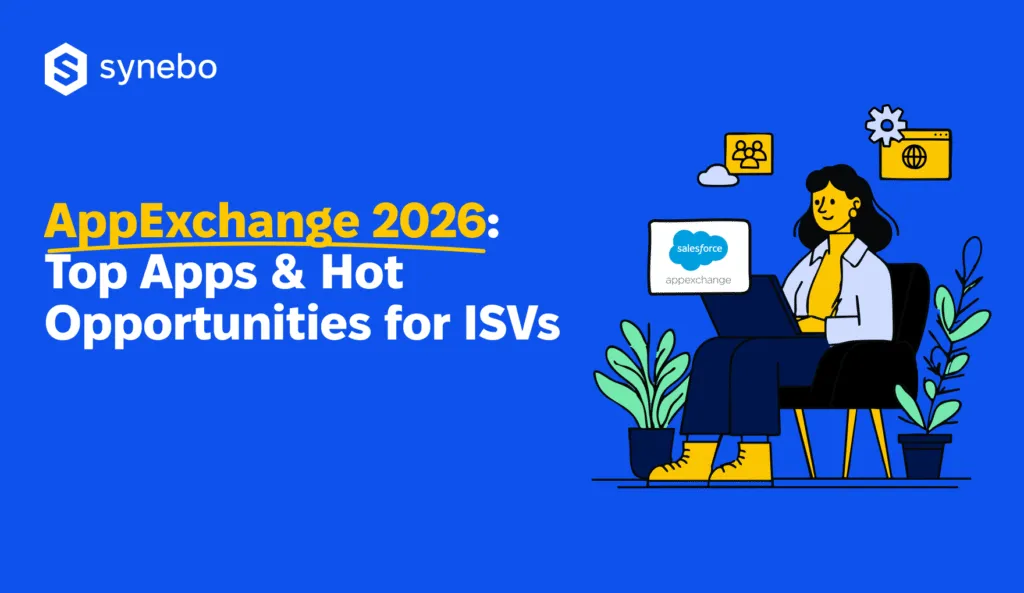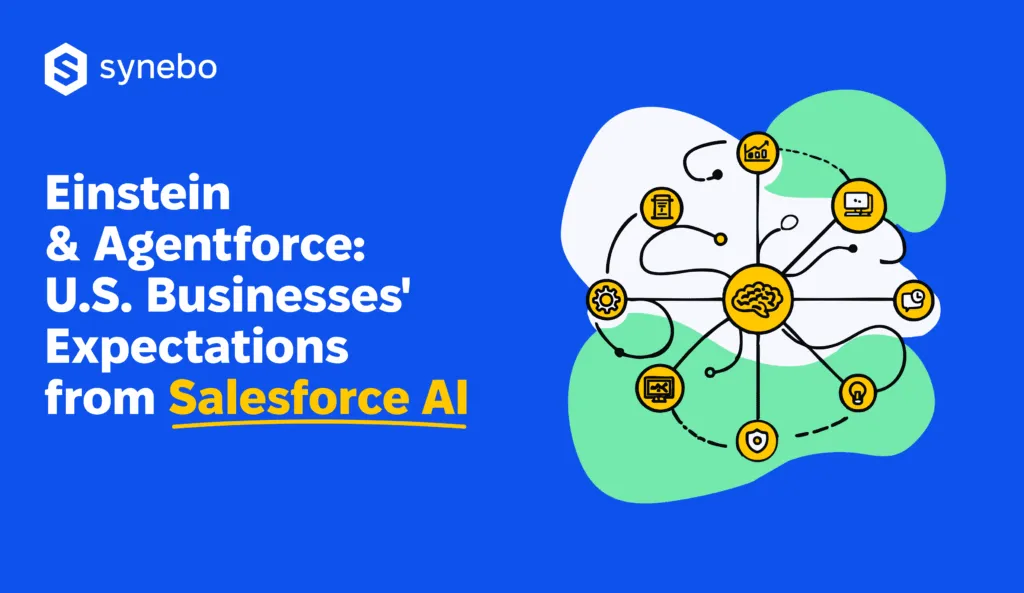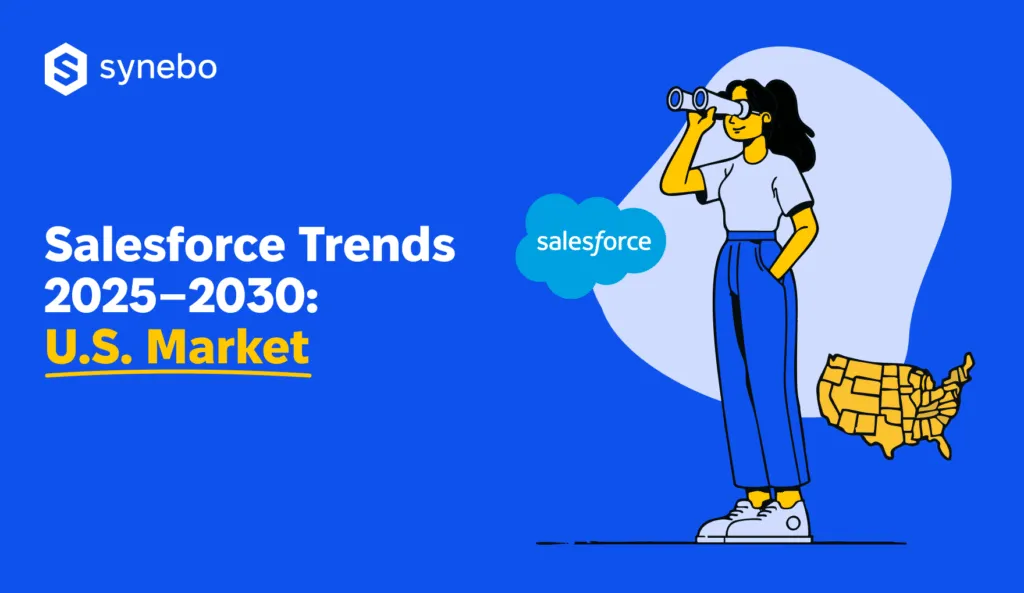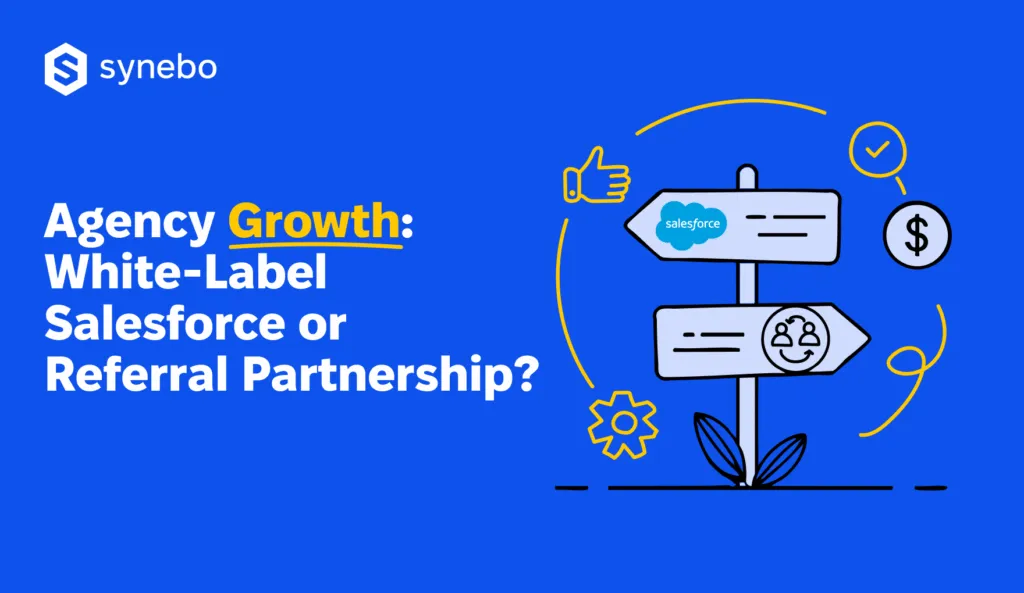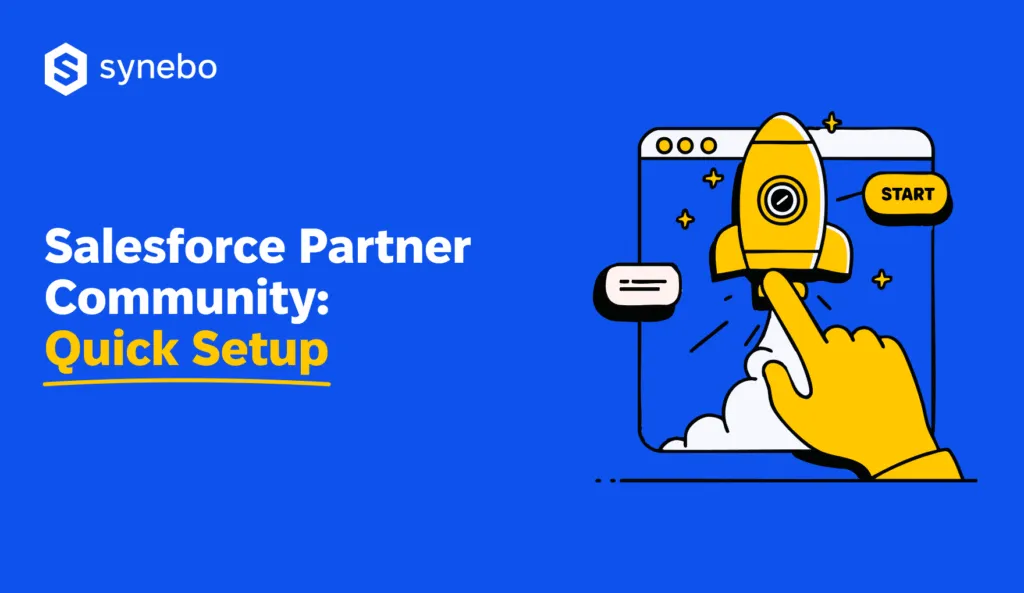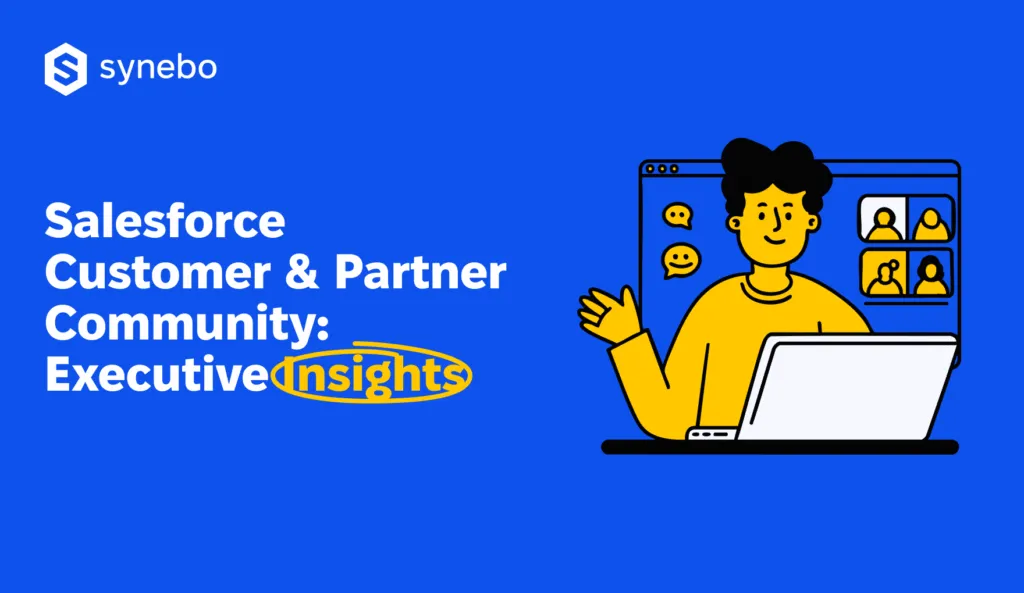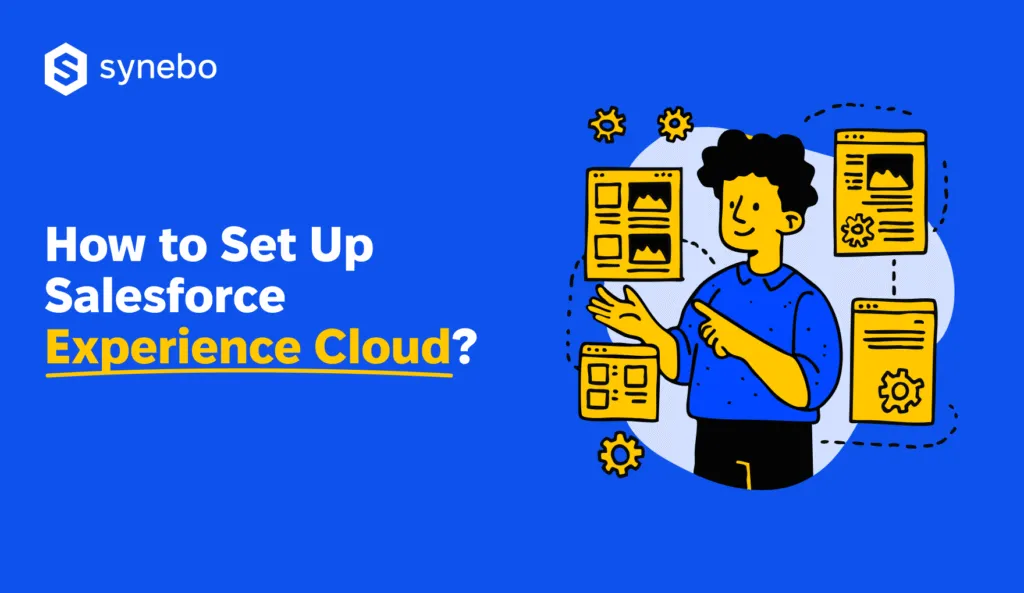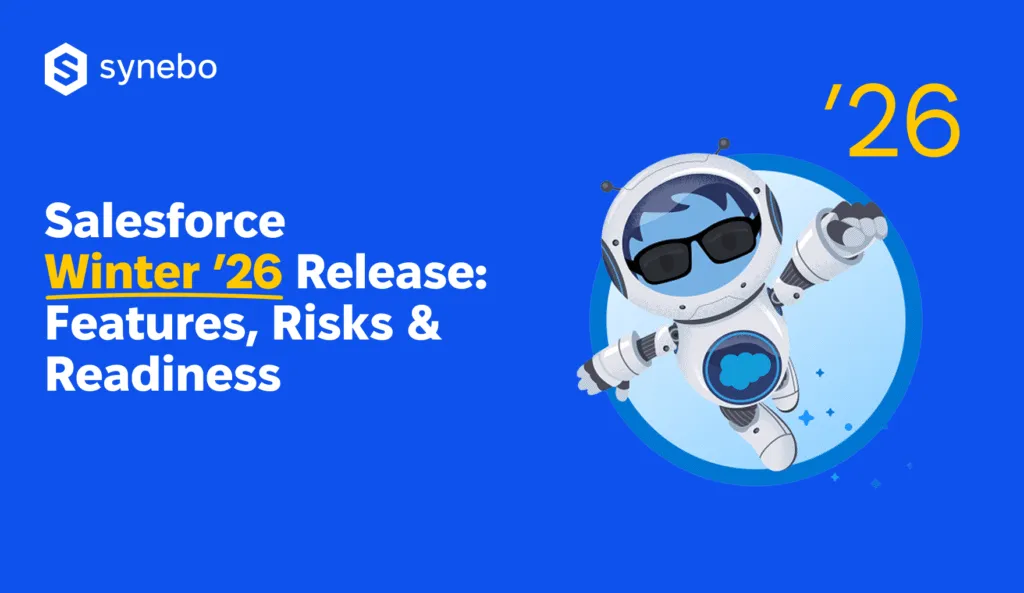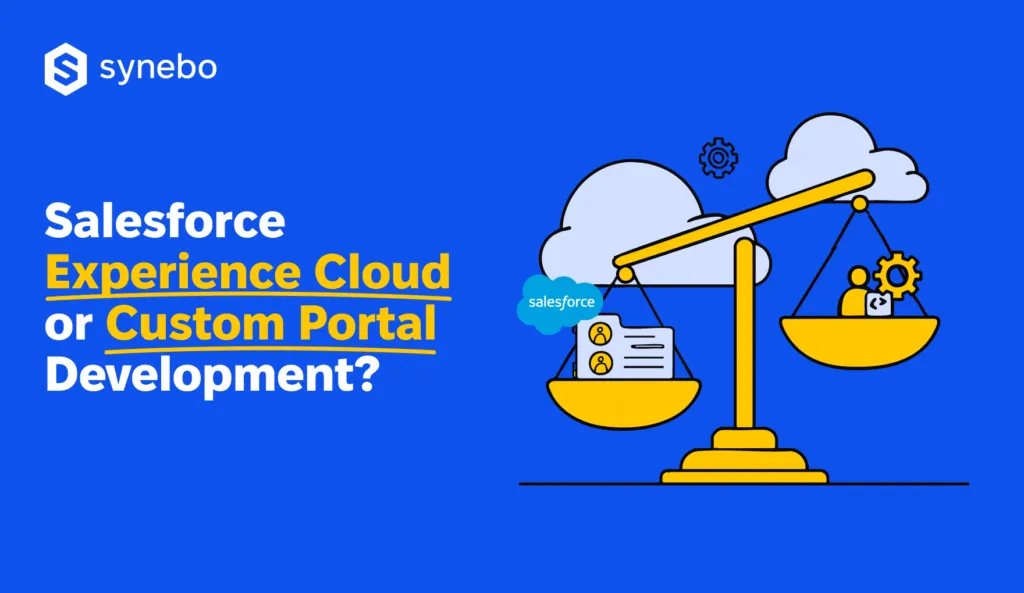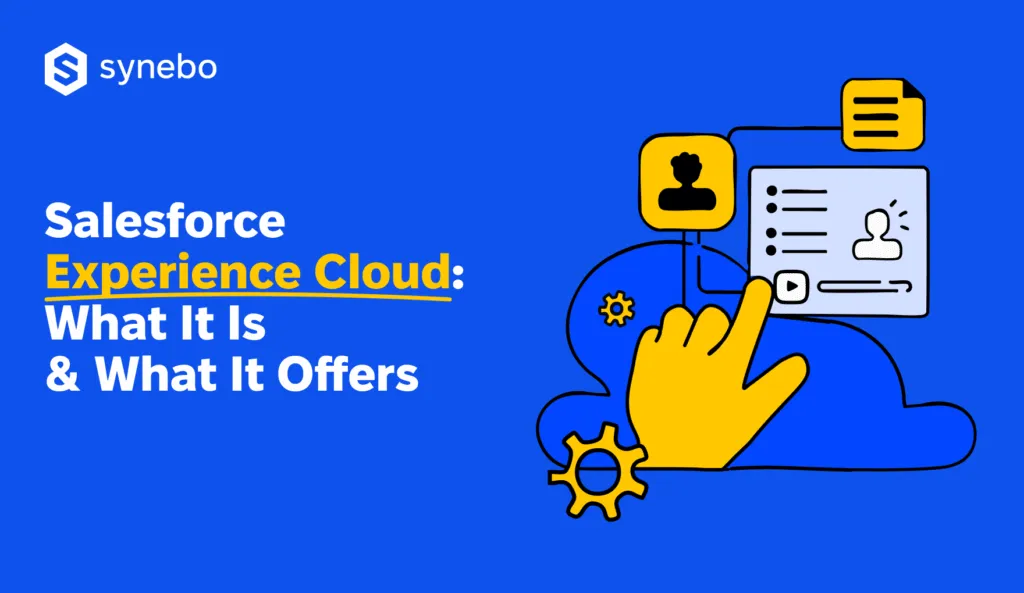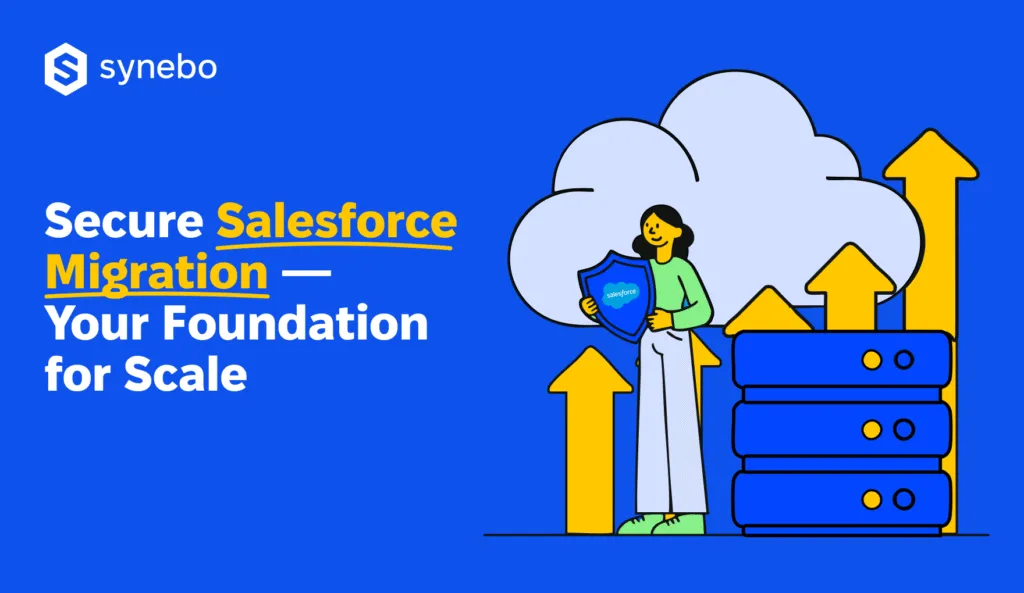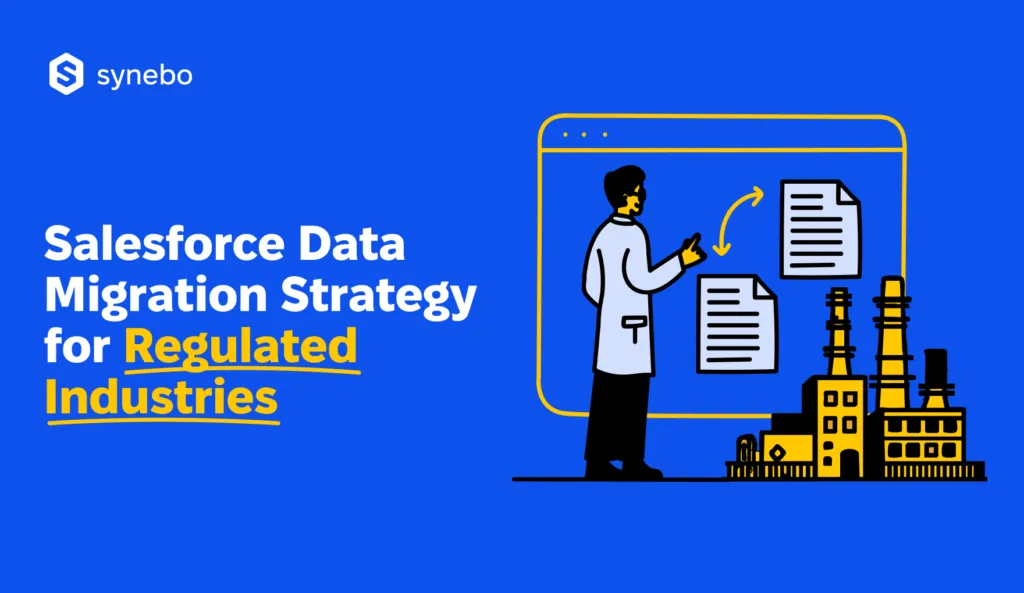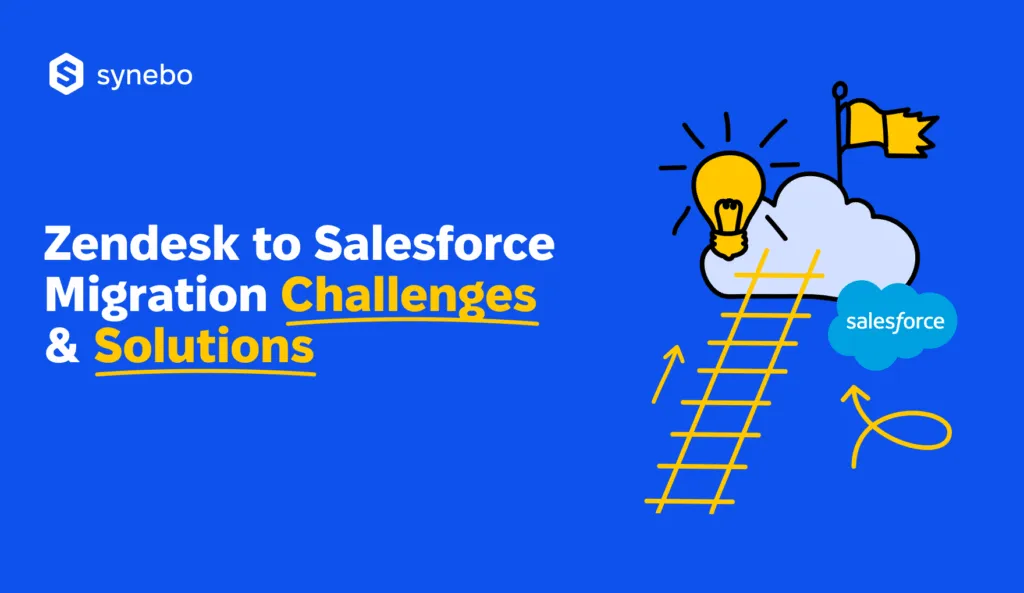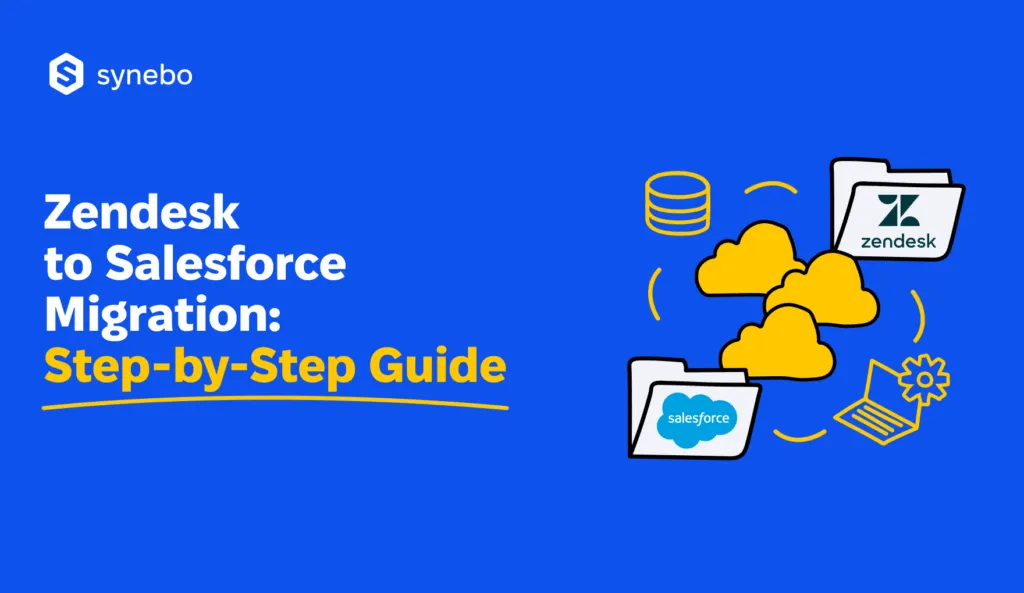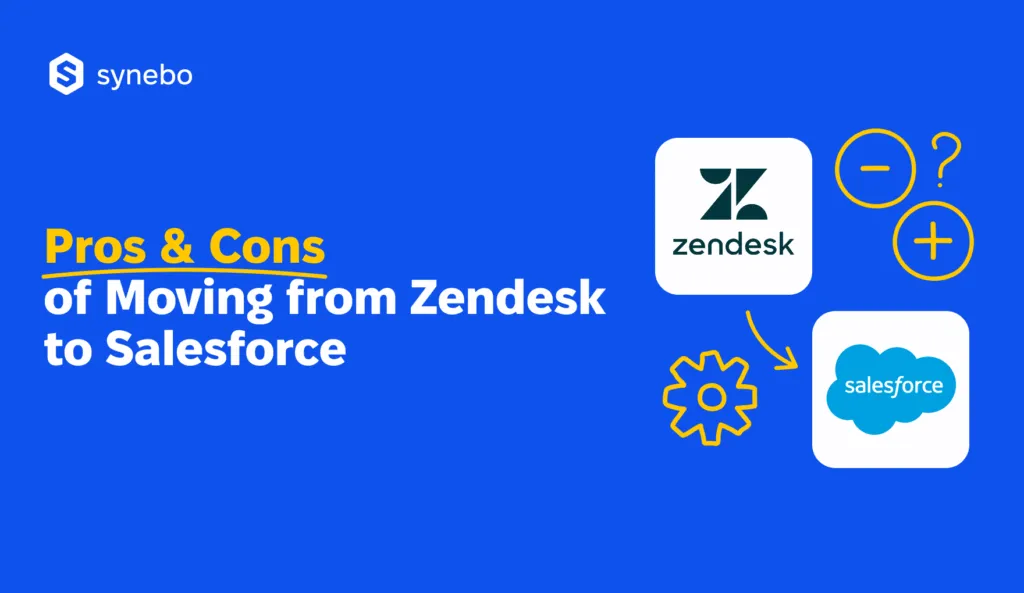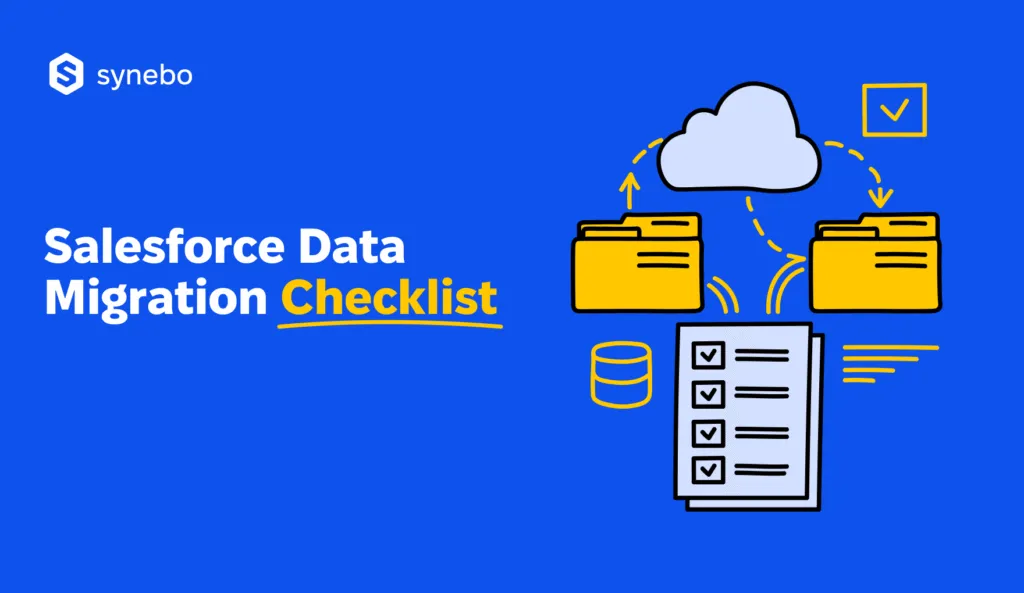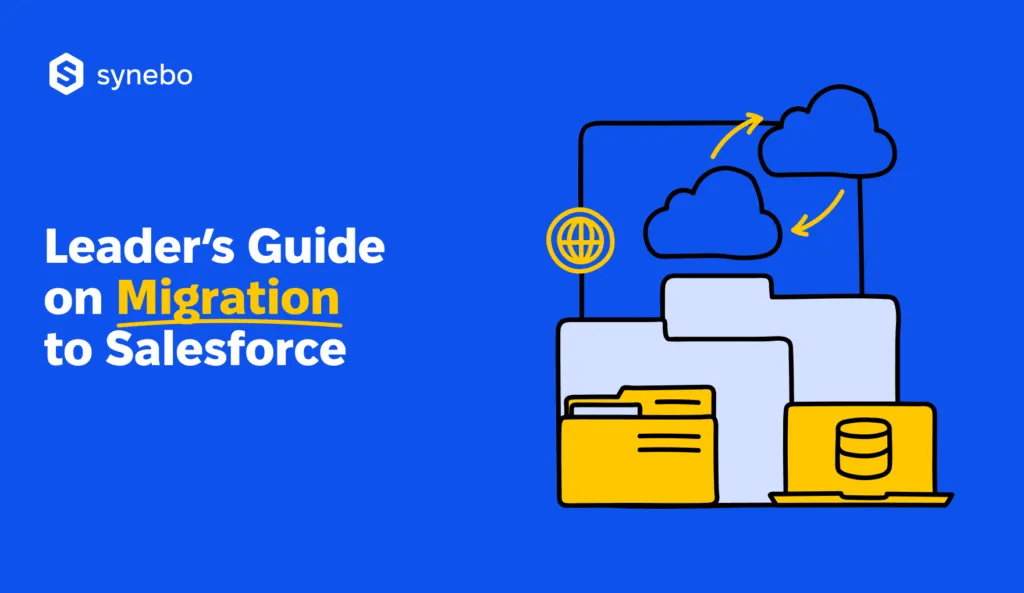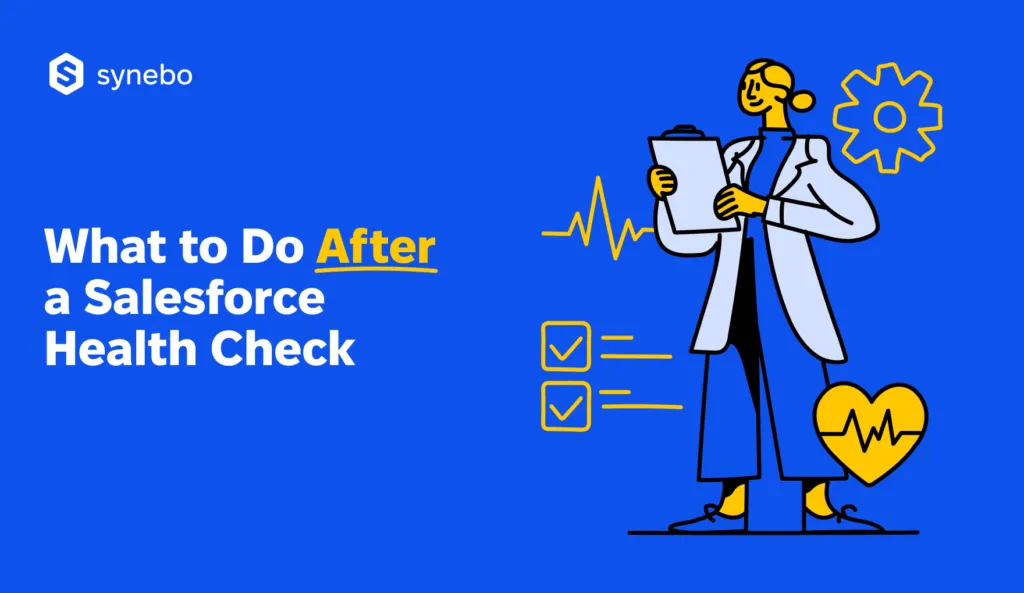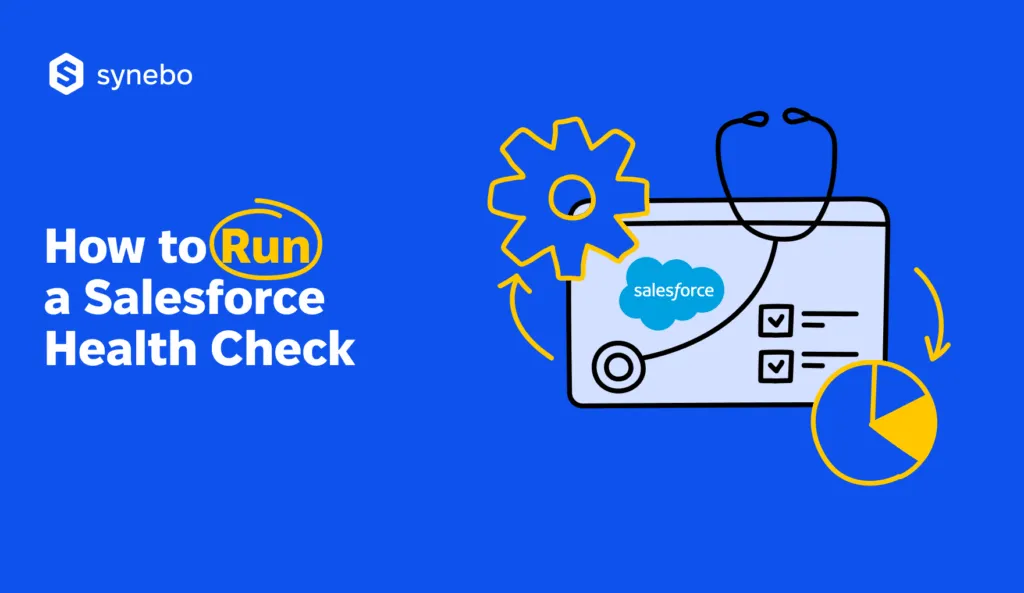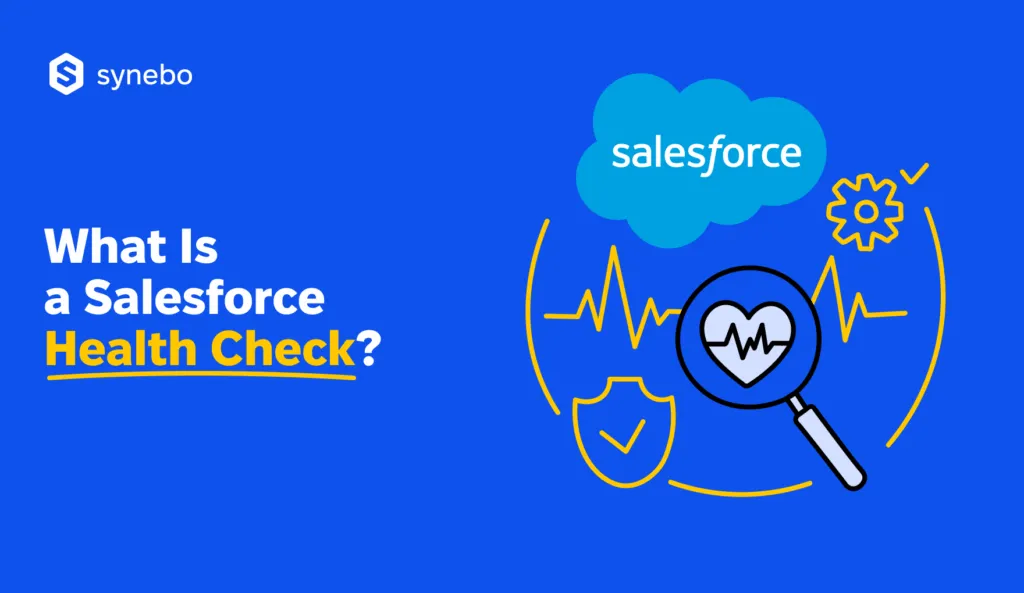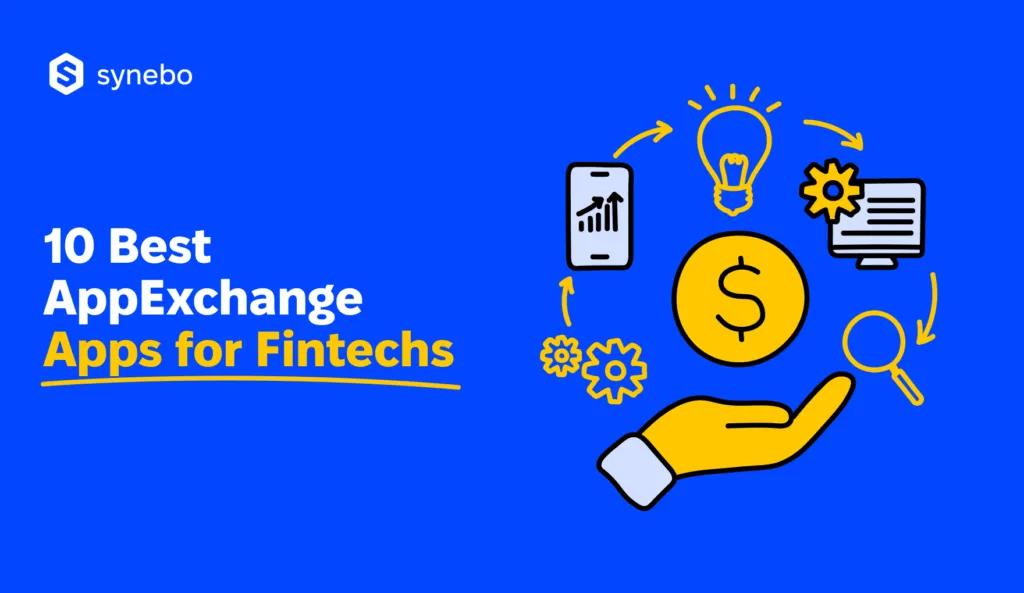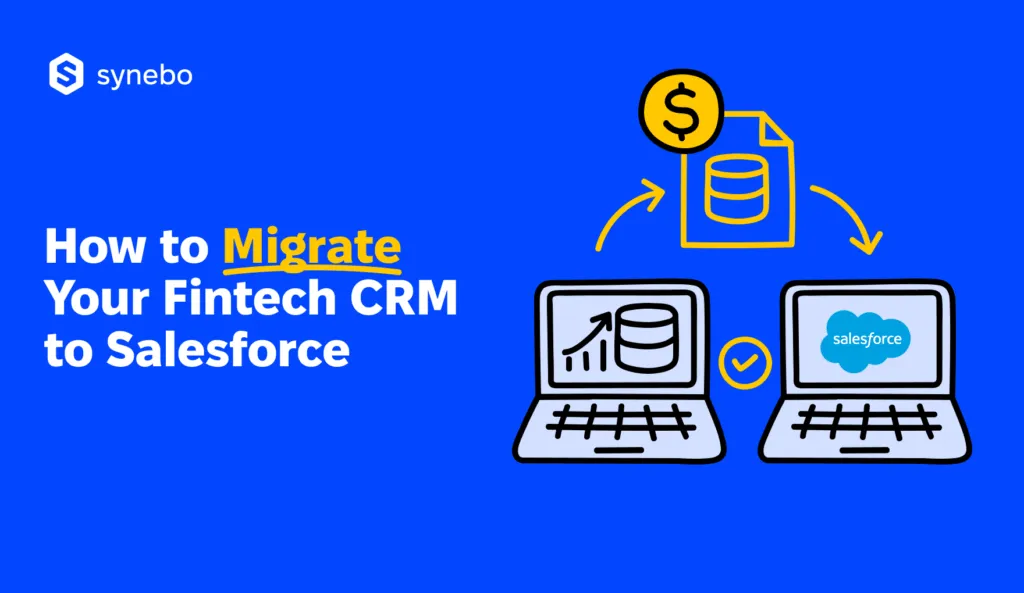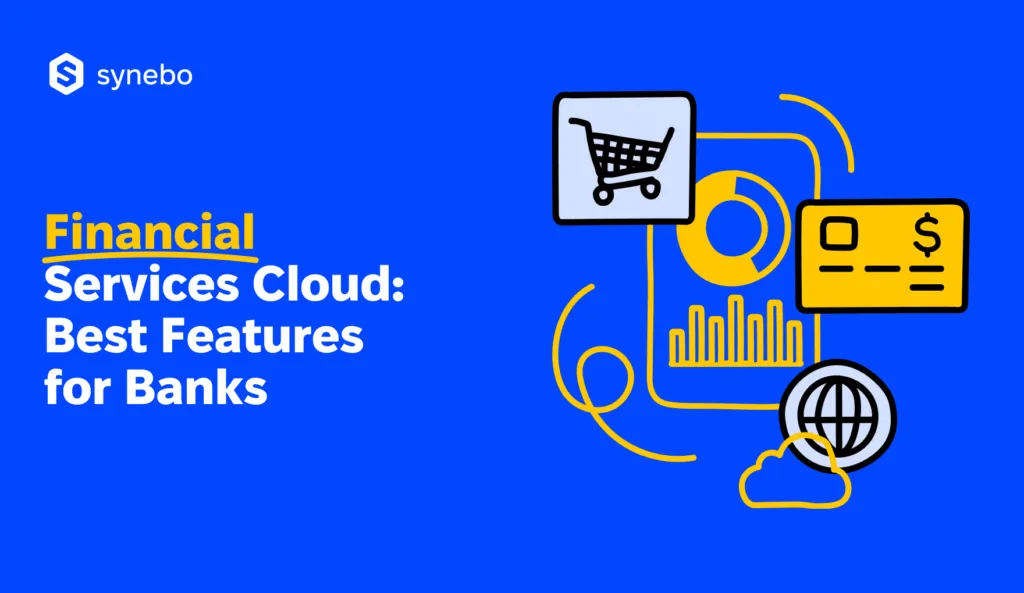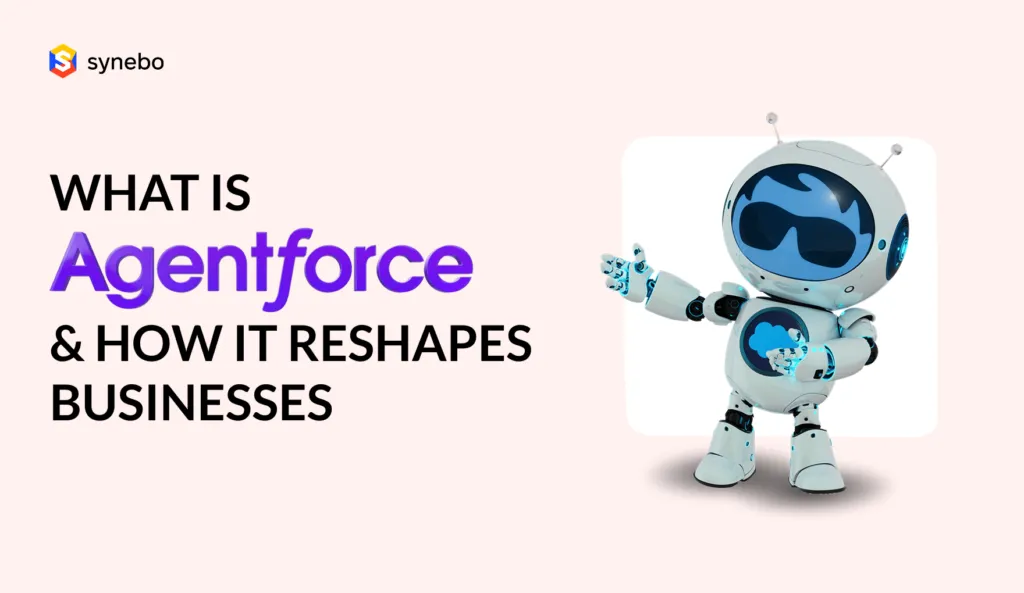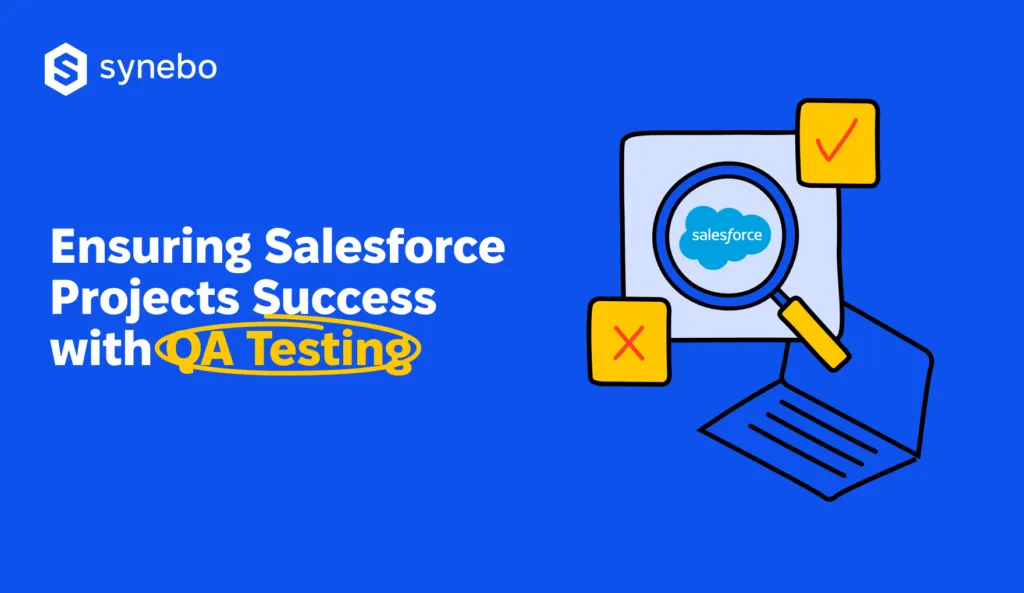Data Security In Salesforce: Best Practices

Data protection has always been a pressing issue in business. Despite Salesforce offering a comparably secure net of digital products, with most companies also leveraging third-party software, risks are nevertheless high.
Statistics reveal that the number of reported data breaches in the U.S. rose to a record 3,205 in 2023, up 78%. Trends are similar in other parts of the world. Complemented with another unfortunate statistic, the proportion of businesses that have experienced a data breach of more than $1 million has grown from 27% to 36% in a year? Now more than ever, improving security processes for your business can no longer be an afterthought in your business or software development processes.in
In this post, you’ll explore 11 Salesforce security best practices for strengthening Salesforce data security protection with common mistakes to avoid ensuring Salesforce security and ways to create a proactive security culture across your org.
#1 From the C-Suite to the Project Teams, Salesforce Data Security is Everyone’s Responsibility
“There are two types of organizations — those that have experienced a data breach and those that will, shares Matt Meyers, CTA, and Founder/CEO of EzProtect, a Salesforce anti-virus scanning solution.
Know this — CTOs often lack a comprehensive understanding of Salesforce security risks, while IT project teams, overwhelmed by backlogs, fail to prioritize these crucial concerns. This disconnect is exacerbated by the fact that 48% of developers report insufficient time to address security issues adequately (IBM, 2024), highlighting the urgent need to make Salesforce data security knowledge more accessible to the C-suite.
Bridging this gap between CTOs and development teams is critical for organizations to fully grasp and mitigate the risks associated with Salesforce security, ensuring improved protection of sensitive client data and maintaining customer trust.
#2 Utilize Strong Authentication Methods
One of the very first layers of security is authentication. Let’s discuss MFA authentication measures and their significance, as well as what role-based access controls imply and how to implement them.
Implement Multi-Factor Authentication (MFA)
There’s a concept that we need to define first:
- MFA (Multi-Factor Authentication). It’s a process that requires users to verify their identity through multiple factors, such as a password and a one-time code, to enhance protection against unauthorized access.
- SSO (Single Sign-On). It’s an authentication method that allows users to access multiple applications or services with a single set of login credentials, simplifying access while maintaining security.
MFA adds an extra layer of security by requiring two or more verification steps, like a password and a code sent to your phone. This makes it much harder for unauthorized users to gain access.
“Enabling MFA can block up to 99.9% of account compromise attacks.” — Microsoft representatives.
Combining MFA and SSO helps build a solid security foundation—protecting sensitive data, streamlining access, and reducing the risk of unauthorized logins across your Salesforce environment.
Use Role-Based Access Controls (RBAC)
- Role-Based Access Controls (RBAC). It’s a security practice that assigns access permissions based on a user’s role within an organization.
RBAC ensures users only have access to the data and tools necessary for their job, reducing the risk of unauthorized data access. By categorizing roles (e.g., admin, manager, sales representative), RBAC simplifies permission management and strengthens overall security. In Salesforce, RBAC helps enforce the principle of least privilege, minimizing potential vulnerabilities by limiting data exposure to only those who need it. This is important when you experience a data breach and helps mitigate risk and rollback of security measures during a cyber attack.
#3 Define and Enforce User Permissions
Granular user permissions are a huge assistance when it comes to preventing unauthorized access in Salesforce.
When permissions are set correctly, users only have access to the data and tools necessary for their specific roles, reducing potential risks. Overly broad permissions, on the other hand, can expose sensitive data. For example, a marketing team member with admin-level access could unintentionally alter financial data—this risk is mitigated by aligning permissions with role-based access controls (RBAC).
Key steps for setting and maintaining user permissions:
- Conduct regular permission audits: Routinely review who has access to what, ensuring permissions align with current roles.
- Align permissions with job roles: Ensure each user’s access is tailored to their role, preventing unnecessary data access.
- Implement the principle of least privilege: Grant users the minimal level of access required to perform their jobs effectively.
Tips for auditing and adjusting permissions:
- Regularly review access logs to spot anomalies.
- Reassess roles and responsibilities after promotions, role changes, or team restructuring.
- Use Salesforce’s built-in tools for managing and visualizing user permissions effectively.
#4 Use Data Encryption
Encrypting sensitive data is vital for safeguarding information at rest (stored data) and in transit (data being transferred). Without encryption, data is left vulnerable to unauthorized access, theft, or exposure, especially in cases like data breaches or intercepted communications.
Example scenario: Imagine a Salesforce instance storing sensitive customer data, like personal identification or financial details, without any encryption. If an unauthorized user gains access to this data, either through a breach or by exploiting weak access controls, they can easily view or even manipulate this information. Encryption ensures that, even if data is accessed unlawfully, it’s rendered unreadable and unusable without proper decryption keys, protecting the integrity and confidentiality of your information.
Field-Level and Object-Level Security
Field-level and object-level security are controls in Salesforce that restrict access to specific data fields and objects, ensuring that users only see what they are authorized to access.
- Field-level security: Limits access to specific data fields within an object, allowing only certain users to view or edit sensitive information (e.g., hiding social security numbers from users who don’t need that data).
- Object-level security: Controls access to entire objects within Salesforce, defining which users can view, create, edit, or delete records of that object type (e.g., allowing only HR to access employee records).
Both are critical for protecting sensitive data, maintaining privacy, and enforcing data compliance within Salesforce.
Encrypt Sensitive Data
Let’s review several encryption methods, which can be applied on both field and object levels:
|
Method of Encryption |
Description |
Use Case |
Field-Level or Object-Level |
|
Symmetric encryption |
Single key for encryption and decryption |
Fast processing of large data sets |
Both field-level and object-level |
|
Asymmetric encryption |
Uses public and private key pair for secure key exchange |
Secure data transfer and key management |
Both field-level and object-level |
|
Field-level encryption |
Encrypts individual data fields |
Sensitive fields like credit card numbers |
Field-level |
|
File-level encryption |
Encrypts entire files or attachments |
Securing documents and large data objects |
Object-level |
|
Full database encryption |
Encrypts the entire database |
Comprehensive protection of all stored data |
Object-level |
Finally, let’s review the benefits of adopting data encryption in Salesforce environment:
Benefits of data encryption in Salesforce

Discover about Salesforce files integration in another blog post written by Olexander Orlуk, Senior Salesforce Developer at Synebo.
#5 Leverage Audit Trails
Leverage the Salesforce audit trail as part of your Salesforce security best practices to track user actions and detect suspicious activity. This provides an essential layer for Salesforce data protection.
Example: As the Salesforce developer portal provides, when a user generates a larger report than usual, it can signal an attempt at unauthorized data export. In one instance, a threat was detected when audit logs showed an attacker using compromised credentials to extract as much data as possible. This highlights the importance of Salesforce data security best practices by using audit logs to quickly uncover and address security breaches.
“Audit logs act as a digital security camera for your Salesforce environment, crucial for monitoring and enforcing Salesforce data protection policies.” — Yana Chekan, Head of Delivery at Synebo.
Here’s step by step process how you can configure and utilize Salesforce audit trials:
- Enable Event Monitoring for real-time tracking of user activities.
- Turn on Field History Tracking to capture changes to critical data fields.
- Utilize Salesforce data encryption to protect sensitive information.
- Regularly audit and adjust Salesforce user permissions for appropriate access control.
- Monitor audit logs frequently to ensure a swift response to security incidents.
#6 Implement Field-Level Security
Setting field-level security is crucial for controlling access to sensitive Salesforce data, ensuring users only see what’s necessary for their roles. It enforces Salesforce security best practices by restricting visibility and edit rights to confidential information, improving Salesforce user permissions management, and enhancing overall Salesforce data protection. Properly configuring these settings helps meet compliance requirements and minimizes risks of data exposure.
Here is the field-level security protection implementation procedure:
- Identify sensitive fields: Pinpoint fields containing confidential data.
- Configure field-level security settings: Use profiles and permission sets to restrict visibility and editing capabilities for specific user groups.
- Regularly review and update settings: Ensure field-level security aligns with current business needs and compliance requirements.
And here are the very configuration steps to follow:
- Navigate to the object field settings.
- Set field visibility for profiles.
- Use permission sets to grant additional access where needed.
- Test changes in a sandbox.
#7 Regularly Update and Patch
Regularly Update and Patch: Keep Salesforce updated to avoid vulnerabilities and ensure the latest Salesforce security best practices.
Example: In 2019, BayCorp suffered a breach due to a misconfigured permission set, resulting in a security incident that could have been avoided with timely updates.
“Unpatched vulnerabilities are one of the leading causes of data breaches,” — Ponemon Institute.
Here’s a list of update and patch best practices:
- Monitor Salesforce release notes and updates.
- Test patches in a sandbox environment before deploying.
- Automate update schedules to ensure timely implementation.
- Regularly audit your system for any misconfigurations.
#8 Educate and Train Your Users
Educate and train your users to strengthen Salesforce security awareness, reducing risks of user-driven incidents. Regular training helps users understand Salesforce security best practices and proper handling of sensitive data.
Here’s a table with an overview of training types and their positive impacts:
|
Training Type |
Benefit |
Frequency |
Practical Methods |
|
Phishing simulation |
Reduces user susceptibility to phishing |
Quarterly |
Simulated phishing emails, response analysis |
|
Security best practices |
Enhances general security awareness |
Bi-Annually |
Interactive webinars, scenario-based quizzes |
|
Salesforce-specific training |
Reduces user errors and improves data handling |
Annually |
Hands-on sessions, Salesforce security workshops |
Synebo can also suggest some security user training implementation practices:
- Use interactive online training and quizzes.
- Conduct regular phishing simulations.
- Provide security updates and best practices newsletters.
- Host workshops for hands-on learning.
#9 Use Salesforce Health Check
Use Salesforce Health Check to assess and enhance your organization’s security settings. It helps identify vulnerabilities and recommend fixes for better Salesforce security best practices.
For companies that don’t have dedicated Salesforce tech experts, Synebo offers Salesforce Health Check services.
At a more simplistic level, know that the health check process includes:
- Run health checks regularly to monitor security.
- Review the score and identify risks.
- Implement suggested changes based on priority.
And here’s how you can interpret scores obtained after completing a Salesforce health check:
- A higher score means better security alignment – aim for “Very High.”
- Review each risk and apply changes like Salesforce data protection, user permissions, and data encryption to improve security settings.
You can discover how to conduct a Salesforce Health Check in great detail in another blog post by Synebo.
#10 Backup Your Data
Regular data backups are essential to protect against data loss or corruption due to system failures, human errors, or malicious attacks. In Salesforce, both native and third-party solutions are available to automate backups and ensure business continuity.
#1 Salesforce-native backup options:
- Data Export Service: Allows you to schedule weekly or monthly backups.
- Salesforce Backup and Restore: A more advanced native solution for automated backups and data recovery.
#2 Third-party solutions:
- Providers like OwnBackup or Spanning. These solutions offer additional features like automated daily backups, granular recovery, and data comparison tools.
Best practices for data backups:
- Schedule backups daily or weekly.
- Test backup restoration regularly to ensure the process works smoothly.
- Use encrypted storage for backups to protect sensitive information.
From our professional experience, the Salesforce tech team highly recommends aligning backup frequency with your business’s operational needs and the criticality of data. Another good tip is to ensure compliance with relevant data protection regulations, such as GDPR, by keeping backups for the appropriate retention periods.
You may be additionally interested to discover more about Microsoft Graph API from another blog post written by Anastasia Sapihora, Salesforce architect.
#11 Monitor Third-Party Apps and Integrations
Third-party applications and integrations can introduce security risks to your Salesforce environment if not properly vetted and monitored. These risks include data leaks, unauthorized access, and system vulnerabilities. As a part of Synebo Salesforce integration services, we always ensure that there are strong security measures in place.
“Third-party apps can be the weakest link in your security chain if left unaudited and unmonitored.” — Cybersecurity expert at Synebo.
Best practices for vetting and securing third-party integrations:
- Evaluate the security certifications and reputation of the third-party provider.
- Ensure the app complies with Salesforce’s security standards and your organization’s data protection policies.
- Monitor app activity regularly to detect unusual behavior.
- Limit the app’s access to only necessary data through permissions and role-based access controls.
- Conduct security reviews and audits of all integrations at regular intervals to catch any emerging risks.
You may be interested in exploring Salesforce SAP integration intricacies in another blog post by Eduard Chekan, senior Salesforce Developer
Request Security Development Assistance From A Licensed Salesforce Tech Company
Common Mistakes to Avoid in Salesforce Security
While it’s unlikely that upon implementation of the listed above best practices, you will have any vulnerabilities left, here are common mistakes that nevertheless occur and their adverse effects.
- Overlooking permissions & access control: Granting overly broad access can expose sensitive data. Adverse effects include unauthorized data access and data leaks.
- Neglecting regular security reviews: Skipping periodic audits can result in overlooked vulnerabilities. Potential effects include unpatched security gaps and compliance risks.
- Using weak passwords or not implementing MFA: Weak passwords and lack of multi-factor authentication (MFA) leave systems open to breaches. This can lead to unauthorized account access and potential data theft.
- Not keeping up with Salesforce updates: Ignoring Salesforce security patches can leave the system vulnerable. Missing these updates increases the risk of security exploits.
- Failing to educate users on security practices: Lack of user awareness about security policies can lead to accidental data exposure or phishing attacks. A well-informed team minimizes security risks.
As you can see, they are mostly attributed to the lack of data security in workplace training. In that regard, there’s a need to discuss how to develop a proactive security culture in your organization.
Creating a Proactive Security Culture
Finally, let’s review the step-by-step process for creating a proactive security culture with the things detailed above in mind.
- Training & awareness: Regularly train employees on Salesforce security features, data handling, and threat awareness relevant to their roles.
- Security policies: Develop clear policies for data access, sharing, and storage, with guidelines for secure information handling.
- Access control & monitoring: Use role-based permissions and regularly monitor user activity to detect any unusual behavior.
- Security audits & updates: Conduct periodic audits to find vulnerabilities and stay updated on Salesforce security best practices.
- Security-first mindset: Encourage employees to report security concerns, emphasizing data protection as everyone’s responsibility.
Basically, once you implement security measures on technical, infrastructure, and software levels and have an established security culture in the organization, you can claim that you have achieved the highest level of data security in Salesforce.
Final Take
Achieving strong data security in Salesforce requires a multi-layered approach. As the Synebo team and EzProtect experts, reveal, a combination of technical solutions like MFA, encryption, and regular audits with a proactive security culture is the right way. Prioritizing these best practices ensures your Salesforce environment remains secure, compliant, and resilient against evolving cybersecurity threats.
To safeguard your business data and infrastructure, the right call for most companies is to apply for professional Salesforce audit, consulting, cybersecurity, and development assistance. Here at Synebo, we specialize in addressing business challenges through Salesforce services. With 9 years of experience and more than 1000 projects under our belt, we are ready, willing, and able to make your business environment safe and secure, leading to compliance and minimized risks.
You can configure Salesforce user permissions by setting up role hierarchies and sharing rules. This allows you to control data visibility based on a user’s role, ensuring only authorized individuals access specific records, aligning with Salesforce security best practices.
To enhance Salesforce data protection, use Salesforce data encryption via Shield Platform Encryption. This process secures sensitive data like customer details or financial information at rest while allowing functionality such as searching and reporting, safeguarding your business.
Ensure GDPR compliance by leveraging Salesforce audit trail, managing data retention policies, and using Salesforce user permissions to enforce access controls. Implement Salesforce data encryption to protect personal data and maintain detailed consent management within the platform.
Protect API integrations by using OAuth tokens, enforcing IP restrictions, and configuring Salesforce user permissions. Ensure API traffic is encrypted with SSL/TLS, further enhancing Salesforce security best practices and preventing unauthorized access to sensitive data.
You can use the Salesforce audit trail to monitor changes and access to critical data in real time. Paired with Event Monitoring, these tools align with Salesforce security best practices, ensuring visibility into all actions within the platform.


